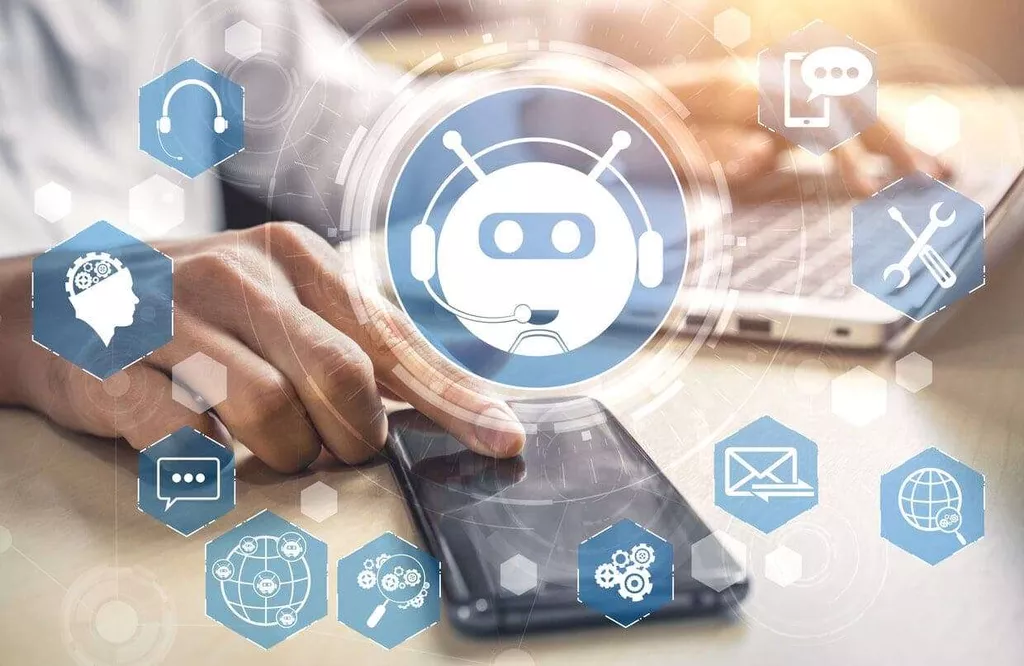Chatbot Data: Picking the Right Sources to Train Your Chatbot

We don’t think about it consciously, but there are many ways to ask the same question. To make sure that the chatbot is not biased toward specific topics or intents, the dataset should be balanced and comprehensive. The data should be representative of all the topics the chatbot will be required to cover and should enable the chatbot to respond to the maximum number of user requests.
Once you have your API key and dataset file, you can get started with the actual code. To get started on your very own chatbot, you first need access to the OpenAI API. Then click your profile icon located at the top-right corner of the home page, select View API Keys, and click Create New Secret Key to generate a new API key. In this article, you’ll learn how to train and test your own chatbot using the OpenAI API, and how to turn it into a web app that you can share with the world.
What is Copilot in Bing?
Each question is linked to a Wikipedia page that potentially has an answer. Bitext fosters advancements in customer service technology by infusing Generative AI and Natural Language Processing into the heart of AI-driven support systems. Our approach is grounded in a legacy of excellence, enhancing the technical sophistication of chatbots with refined, actionable data. Your customer support team needs to know how to train a chatbot as well as you do.
Try to get to this step at a reasonably fast pace so you can first get a minimum viable product. The idea is to get a result out first to use as a benchmark so we can then iteratively improve upon on data. I also chatbot training data tried word-level embedding techniques like gloVe, but for this data generation step we want something at the document level because we are trying to compare between utterances, not between words in an utterance.
Broader Customer Engagement
Ubuntu Dialogue Corpus consists of almost a million conversations of two people extracted from Ubuntu chat logs used to obtain technical support on various Ubuntu-related issues. With the digital consumer’s growing demand for quick and on-demand services, chatbots are becoming a must-have technology for businesses. In fact, it is predicted that consumer retail spend via chatbots worldwide will reach $142 billion in 2024—a whopping increase from just $2.8 billion in 2019. This calls for a need for smarter chatbots to better cater to customers’ growing complex needs. This will make it easier for learners to find relevant information and full tutorials on how to use your products.
- SQuAD2.0 combines the 100,000 questions from SQuAD1.1 with more than 50,000 new unanswered questions written in a contradictory manner by crowd workers to look like answered questions.
- Next, the pair found a way to explain a larger model’s unexpected abilities.
- We have compiled a list of the best conversation datasets from chatbots, broken down into Q&A, customer service data.
- I started with several examples I can think of, then I looped over these same examples until it meets the 1000 threshold.
Now, given the same sentence, the LLM will calculate a better probability distribution and its loss will be slightly lower. The algorithm does this for every sentence in the training data (possibly billions of sentences), until the LLM’s overall loss drops down to acceptable levels. A similar process is used to test the LLM on sentences that weren’t part of the training data. Also, you can integrate your trained chatbot model with any other chat application in order to make it more effective to deal with real world users. Next, we vectorize our text data corpus by using the “Tokenizer” class and it allows us to limit our vocabulary size up to some defined number.
An effective chatbot requires a massive amount of training data in order to quickly solve user inquiries without human intervention. However, the primary bottleneck in chatbot development is obtaining realistic, task-oriented dialog data to train these machine learning-based systems. How can you make your chatbot understand intents in order to make users feel like it knows what they want and provide accurate responses. Before training your AI-enabled chatbot, you will first need to decide what specific business problems you want it to solve. For example, do you need it to improve your resolution time for customer service, or do you need it to increase engagement on your website?










